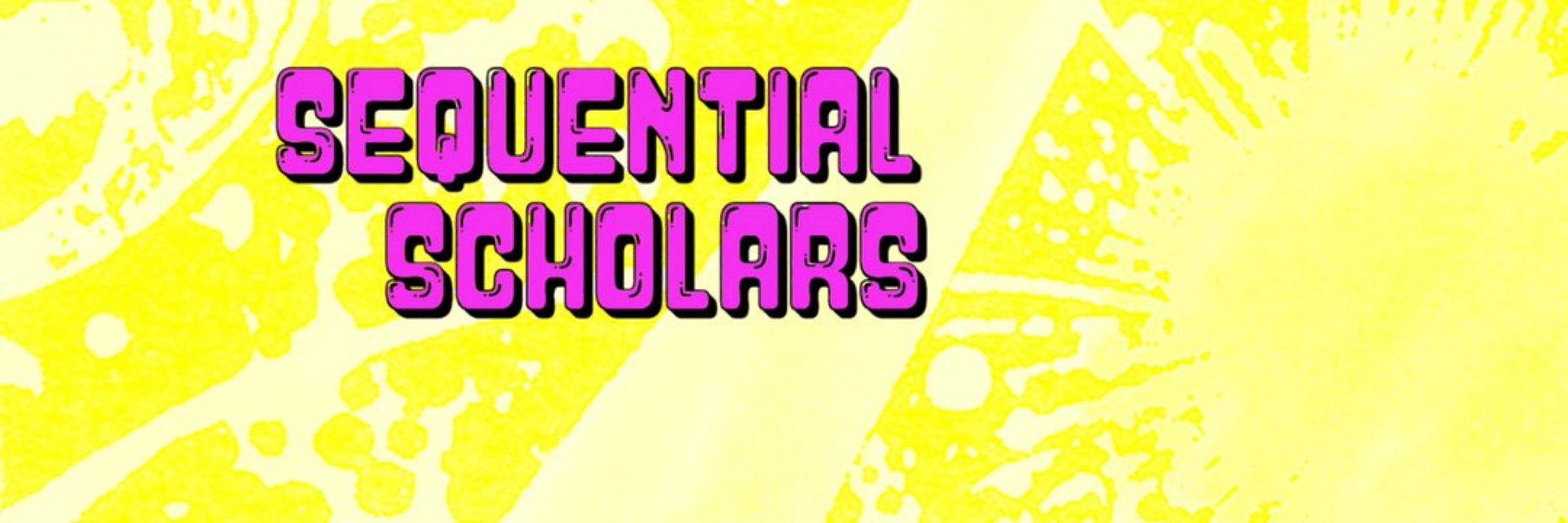Sequential Scholars
@sequentialscholars.bsky.social
2.9K followers
4.5K following
2.1K posts
Academics reading and celebrating the style, substance, and sublimity of all kinds of comics. By scholars, for everyone. Led by @annapeppard.bsky.social & Dr. J. Andrew Deman.
Posts
Media
Videos
Starter Packs
Pinned
Reposted by Sequential Scholars
Reposted by Sequential Scholars


























